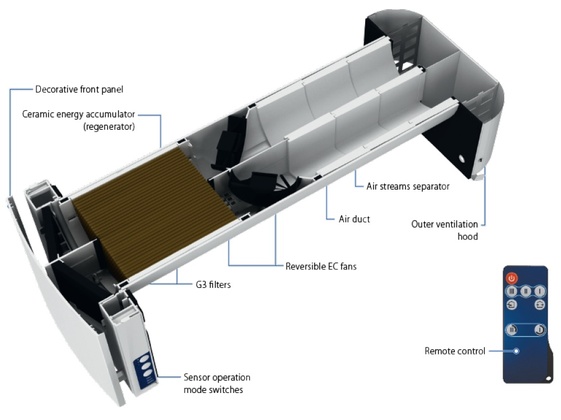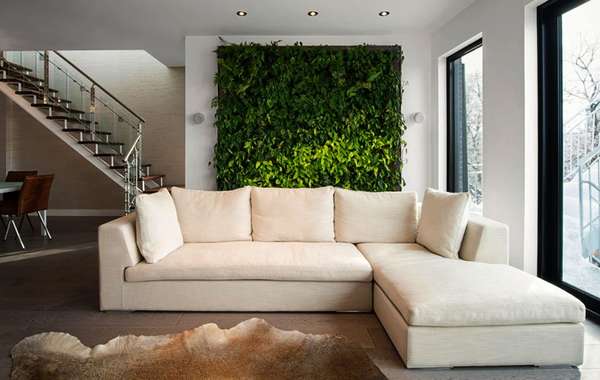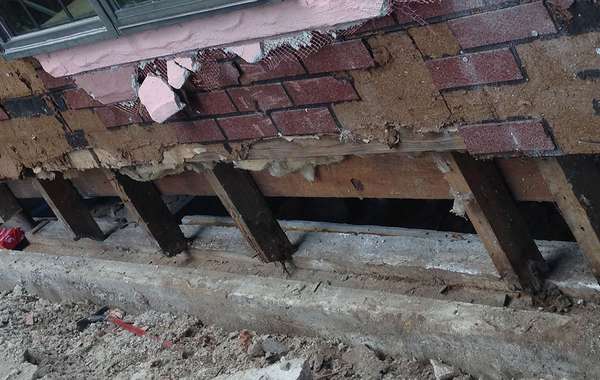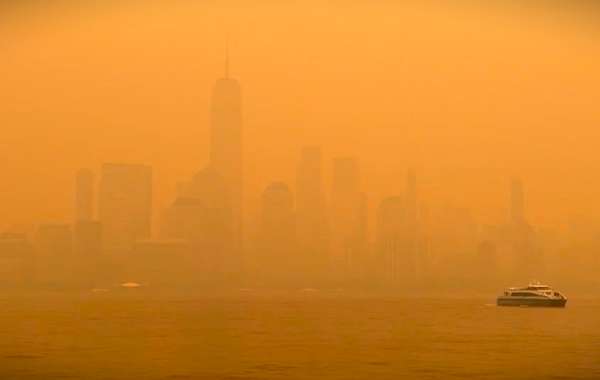When I use my stove hood I get smoke odours in my home, is that due to negative pressure and how do I fix it?
I have a single-family house built in 1961 and it has an oil heating furnace. When I renovated my kitchen I had a stove hood installed that vents directly to the outside. But when the hood is running at the same time as the heating system I can smell smoke in the house. I suspect a return of air through the furnace chimney, does this make sense and what should I do?































Hi, first a couple of questions back to you, does your furnace have an outside air intake? And do you have a mechanical ventilation system (heat recovery ventilator or HRV)? Lack of either of those and a newly installed stove hood we suspect are at the root of the problem How backflow flue gases are caused: When you depressurize a house with ventilation fans, that deficit will need to be made up somehow. Air will enter through doors, windows and leaks in the walls. That would be the case with a home built in the 60s that has not had a major renovation to improve thermal performance and air tightness. This page here explains it well -
How to balance air pressure in a home
Depressurizing a home is a greater concern with newly built and very airtight houses, even with ventilation fans than run at lower CFM rates. First check the air change volume of your range hood, with what you write we suspect it may be pulling more air than needed. Many stove hoods on the market today are more powerful than they need to be, pulling as much as 1,200 cubic feet of air per minute (CFM), while something in the range of 150-250 CFM is likely sufficient in most cases.
Yours is a fairly serious situation that needs to be addressed, if you are getting flue gasses in your home there is a potentially lethal and imperceptible risk of carbon monoxide (CO) poisoning. How to remedy a problem of negative pressure: As mentioned above, make sure your furnace has an outside air intake. If the stove hood is moving 400 CFM or more, it may be necessary to have a make up air supply system installed, but first see if the flow can be reduced.
If you don’t have one already, have a proper mechanical ventilation system (HRV) installed to bring air into the house. Be sure to have this done by a licensed HVAC installer than can ensure the pressure is properly balanced. If these facilities are already in place, think of another way to bring air into the house when the hood is running. For a hood with a capacity of 400 cfm or more, it may be necessary to install by a professional a backup air supply system, whose capacity will be equal to that of the hood.
Until you take steps to mitigate the influx of flue gasses, we would advise you to limit the use of your stove hood, or at the very least open a window when it’s operating until you come up with a proper solution. A bit of added heat loss is insignificant compared to the health risks.